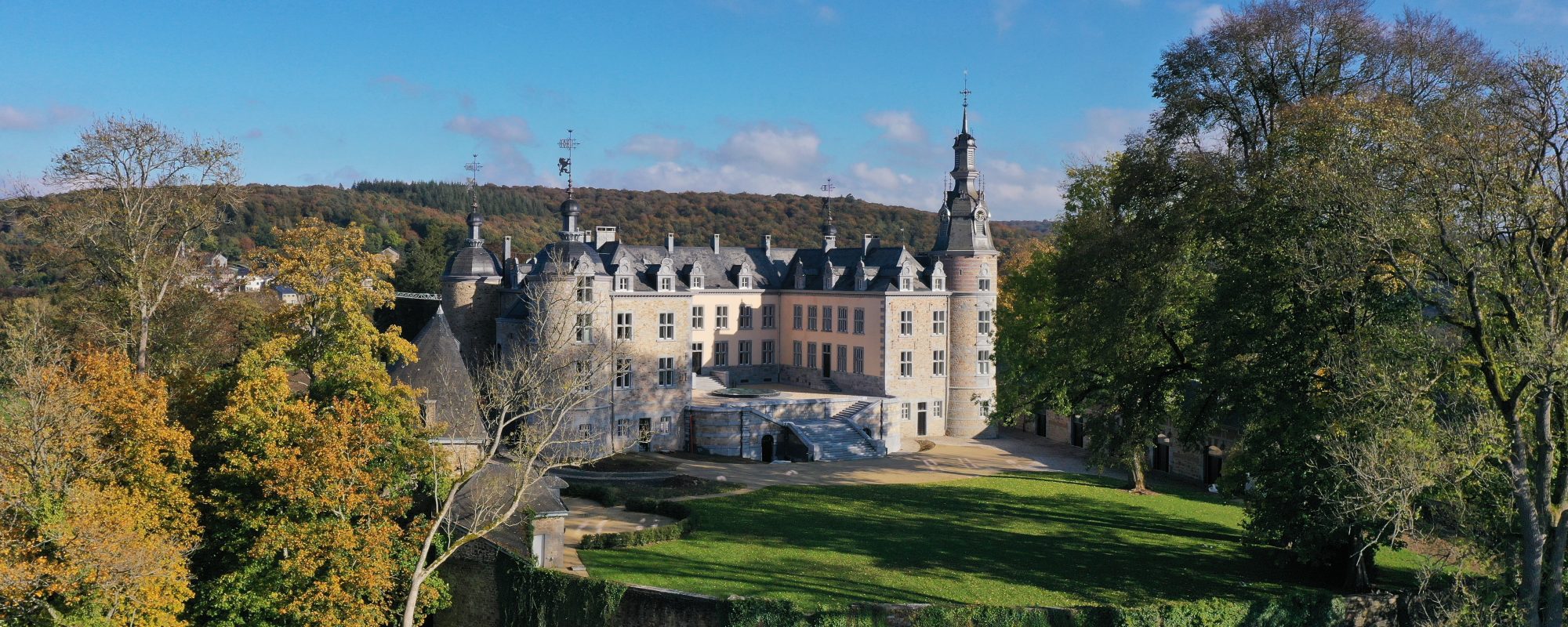
Our villages vary between rural heritage, classified monuments and remarkable sites. Whether castles, farms, churches or abbeys, traditional buildings, rural or natural heritage, discover the must-see Most Beautiful Villages of Wallonia!

A burst of white in the rural landscape of Ragnies.

Once surrounded by a moat, this ancient castle, whose origins date back to the 14th century, stands in sturdy silhouette near the heart of the village.
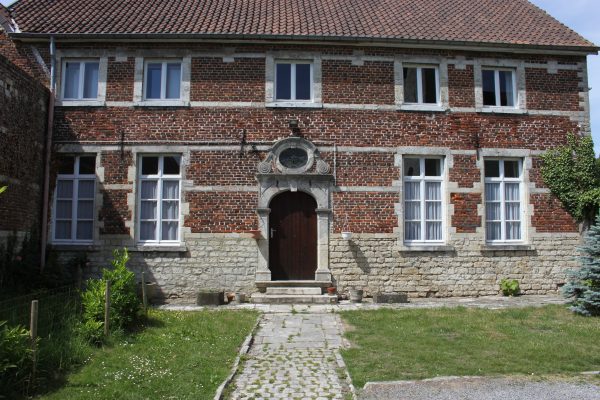
A former vicarage dating from 1729, with an elegant volume skilfully enlivened by details in Gobertange stone.
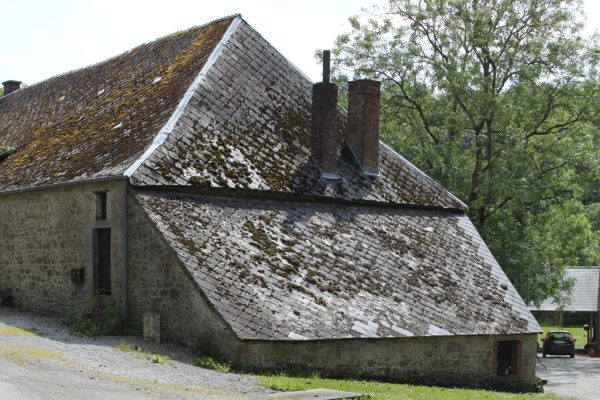
Protected by its imposing roof and tucked away at the bottom of the valley, the Vaulx mill took advantage of the convergence of the natural elements.
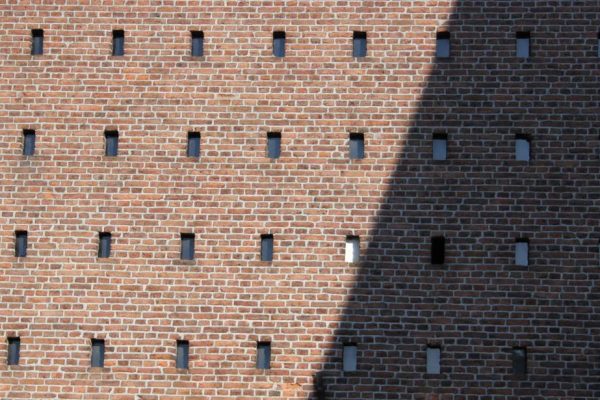
A symbol of the region's intense wool industry in the 19th century, it has brick facades pierced by numerous slits and marks the landscape with its singular silhouette.

A traditional style tinged with baroque for this remarkable early 18th century building.

The homogeneity of the limestone exterior Vs an interior rich in architectural details - listed monument.

One of the first nature reserves in Belgium, established on a former communal quarry and limestone grasslands.
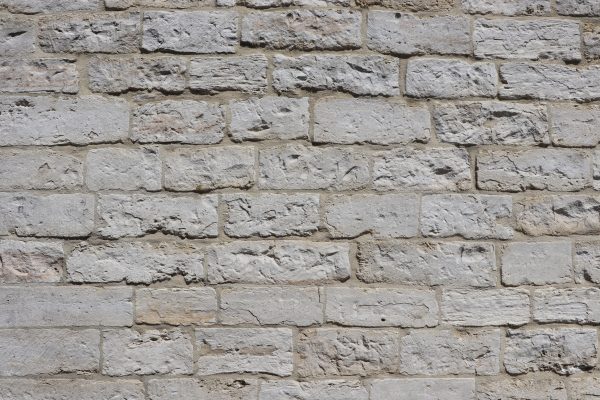
The stone of the villages of the "Vallée Blanche"

Successively an outbuilding of the castle and a farm, this 17th and 18th century building marks the locality with its imposing silhouette

A pleasant nature reserve of 10 hectares (outside the village).

Picturesque valley and site of great biological interest "Natura 2000".
The association Les Plus Beaux Villages de Wallonie (The Most Beautiful Villages of Wallonia) oversees a network of 32 villages, bearers of a strong territorial identity and reflecting traditional architecture. It is committed to promoting the rural, cultural and natural heritage of Wallonia and is a part of the development of local and responsible tourism.
More information